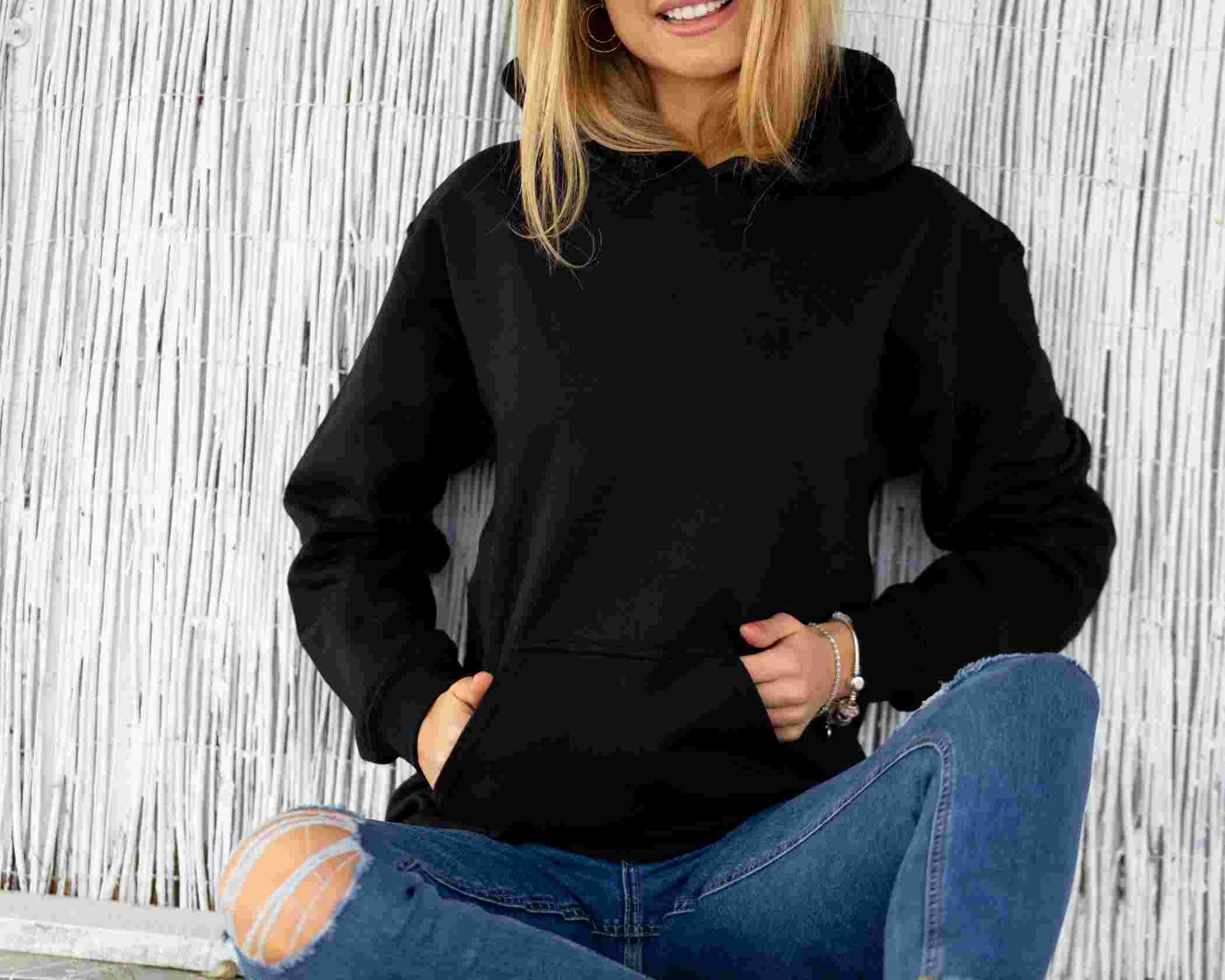Five Macro Trends That Will Shape Fashion Industry in 2023



Summary: The New Year is arriving and it is bringing in hope, alongside challenges, for the fashion industry. From mounting geo-political tension to inflationary tailwinds and a focus on sustainability alongside carbon emission is likely to remain key themes for the year ahead. Diversity and inclusivity are all set to emerge as show-stoppers. Similarly, blockchain will find a wider audience base in the coming year.
Fashionistas, enthusiasts, and movers and shakers of the fashion industry are all gearing up to bid goodbye to 2022 and are gleefully looking forward to ringing in 2023. There are reasons behind such a bright, festive, and upbeat mood. Pandemic-induced sluggishness is in wane, even if it is still not completely wiped out from public memory in general and the industry in particular. People are looking forward to hitting the fashion circuit all guns blazing.
No Breather From Challenges
The year 2023 will have its own set of interesting challenges. The global fashion industry, which experienced 18 months of robust growth between early 2021 to mid-2022, will have to tighten the seat belt since the tailwinds are now inflationary. They will have to find greener pastures since consumer patterns are shifting. Newer channels and digital marketing strategies would have to be streamlined along with finding novelty in manufacturing.
Here is a look into five fashion trends that will shape the industry in the New Year.
1. Global supply chain in for digital turn
Head honchos and top management teams at fashion brands are watching and will continue watching global news headlines. The uncertain global environment which has got created due to the war in Ukraine has already disrupted trade routes and has also resulted in the energy crisis. China is once again a trouble spot as the real state crisis and re-emergence of COVID is again hogging the news limelight.

These developments have already started having an impact on the global supply chain. Extreme weather conditions in Asia are also having their share in disrupting trade routes and impacting the supply chain. The fear and anguish have got genuine roots since the cost of cotton has already increased by 45 percent in a year. In the case of cashmere, the cost has risen by 30 percent in the trailing year.
There has been an increasing call for digitalization of the supply chain as a way of risk mitigation. The process would get an acceleration with more companies joining the bandwagon.
2. Blockchain and Smart Contracts Are Here to Stay
Since COVID emerged, a variety of solutions that were high on technology were introduced to stabilize the disruption in the supply chain by fashion brands. One key theme which emerged was the use of technology that can ensure secure transactions and reduce fraud along with theft.
Blockchain and smart contracts were introduced to stem the rot and they have had a cascading impact on the entire value chain. A typical blockchain is a distributed ledger that when used alongside a cryptocurrency (which is very difficult to mine) to perform a financial transaction, is very difficult to tamper with for even the most sophisticated hacker.
There is one more critical advantage to this combination. Anyone who is participating in the value chain, be it the supplier of material or the end user, can access and track information flow which has led to better coordination between them. Similar is the case with digitally enabled smart contracts that can be used to manufacture goods seamlessly.
3. Sustainability will Continue Ruling the Roost
The focus on carbon emissions by fashion brands would continue and sustainability would remain the keyword when taking any strategic board decision. British retail consortium reports that the carbon footprint for the apparel retail sector has fallen by as much as 50 percent compared to 2005 levels, and the goal is to reach the coveted figure of zero-emission by the year 2040.

The corona-induced phase saw a shift in consumer behavior which has positively impacted carbon emissions and the use of communication tools and virtual showrooms while embarking on a sales cycle will continue. Sustainability as a fashion trend is expected to gain momentum.
4. Diversity and Inclusivity will Emerge as the Top Theme
Gender-agnostic fashion and race-agnostic designers are likely to be the mainstay in the coming year. There is a marked shift in consumer behavior towards these anthems. They are looking for better gender identity and expression.
Many fashion brands will find that the lines between women’s fashion and men’s fashion are increasingly getting blurred. They will have to go back to their drawing boards to rethink product design, reinforce the marketing efforts and improve upon the customer's in-store and digital shopping experience.
5. Direct-to-Consumer will Continue its Onward March, With Changes
Fashion brands have already put in place the desired infrastructure for direct-to-consumer channels and they are getting positive reception from the customers. However, at present, the cost associated with such infrastructure in terms of digital dollar spending and e-commerce logistics is heavy and is questioning the very viability of the mechanism.
Brands in 2023 are likely to diversify their marketing channel mix to include wholesalers and third-party marketplaces while continuing with the direct-to-customer fashion trend.

There are clear signs the dynamics of the game have gone for a change. There are digital overtones to the complex supply chain management as there is increasing emphasis on omnichannel marketing. Brands and manufacturers have to be in a close loop of these whirlwind changes or may get left out.
Key Takeaways
1. There are momentous changes taking place in the fashion industry from supply chain to marketing
2. Brands shall get ready to adopt these transformative trends.
Fashinza is an agile retail platform transforming the way data is shared between supply chain partners in the global fashion chain, making it possible for brands and manufacturers, and logistic partners to operate seamlessly.
Partner with Fashinza for the production of your latest collection.



















